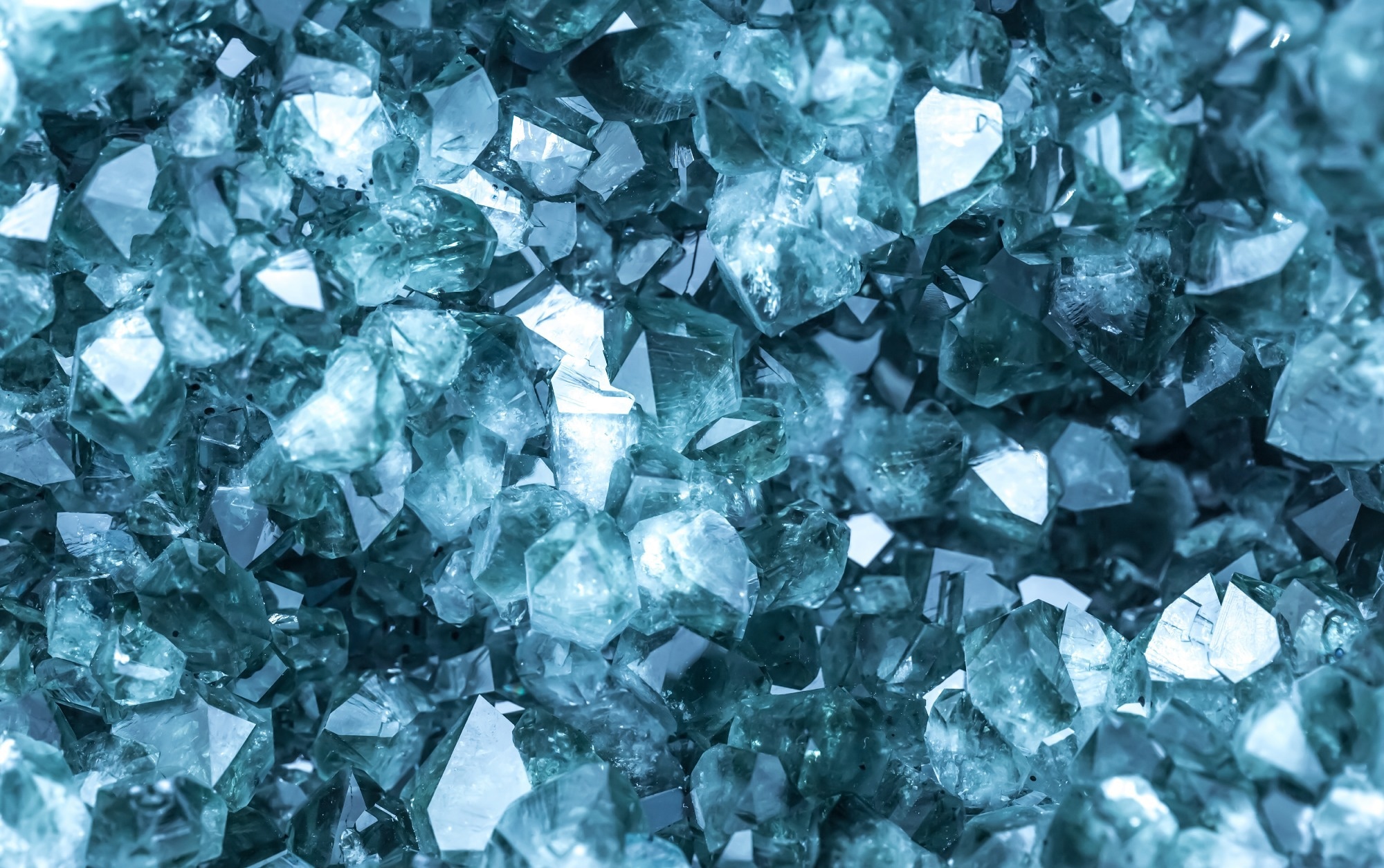A team of researchers from Korea and Japan has discovered a new type of crystal that can "breathe"—releasing and absorbing oxygen repeatedly at relatively low temperatures. This unusual property could open new possibilities for cleaner energy solutions, including fuel cells, energy-efficient windows, and smart thermal devices.

Image Credit: Vera Larina/Shutterstock.com
The crystal is a metal oxide composed of strontium, iron, and cobalt. What sets it apart is its ability to release oxygen when heated in a simple gas environment and then reabsorb it without degrading. This oxygen exchange can be repeated multiple times, making the material especially promising for real-world use.
The study was led by Professor Hyoungjeen Jeen from the Department of Physics at Pusan National University, Korea, in collaboration with Professor Hiromichi Ohta from the Research Institute for Electronic Science at Hokkaido University, Japan. Their findings were published in Nature Communications on August 15th, 2025.
It is like giving the crystal lungs and it can inhale and exhale oxygen on command.
Hyoungjeen Jeen, Professor, Department of Physics, Pusan National University
Controlling oxygen content in materials is essential for technologies such as solid oxide fuel cells, which generate electricity from hydrogen with minimal emissions. Oxygen control also plays a key role in thermal transistors, which manage heat flow like electronic switches, and in smart windows that regulate heat transfer based on external conditions.
Until now, materials capable of this kind of oxygen modulation either lacked stability or only worked under extreme conditions, such as very high temperatures. This newly developed material remains stable while operating under much milder conditions.
Prof. Jeen added, “This finding is striking in two ways: only cobalt ions are reduced, and the process leads to the formation of an entirely new but stable crystal structure.”
Even more promising, the researchers showed that the material could return to its original state when oxygen is reintroduced, confirming the process is fully reversible.
This is a major step towards the realization of smart materials that can adjust themselves in real time. The potential applications range from clean energy to electronics and even eco-friendly building materials.
Hiromichi Ohta, Study Co-Author and Professor, Research Institute for Electronic Science, Hokkaido University
Journal Reference:
Lee, J. et al. (2025) Selective reduction in epitaxial SrFe0.5Co0.5O2.5 and its reversibility. Nature Communications. doi.org/10.1038/s41467-025-62612-1.